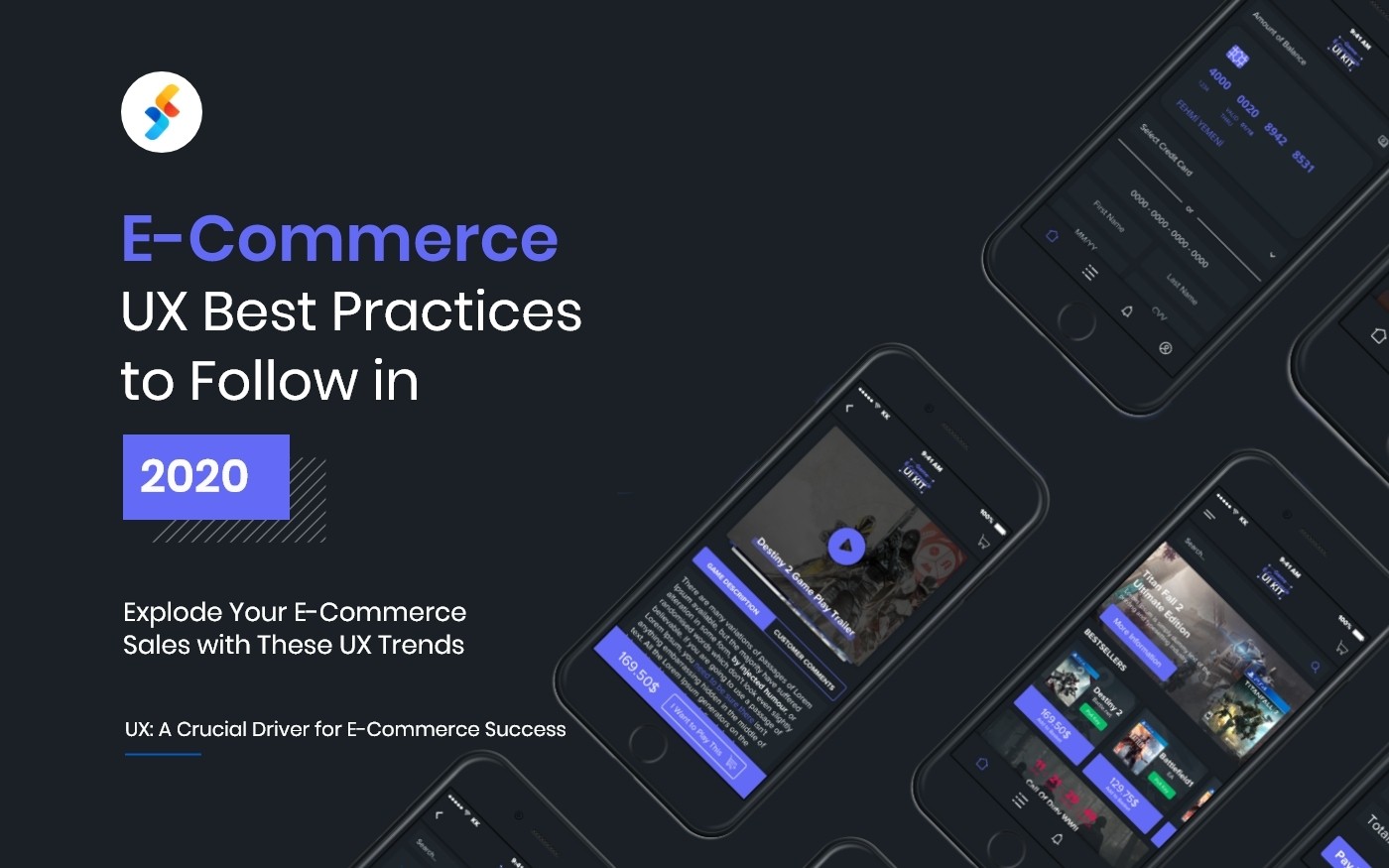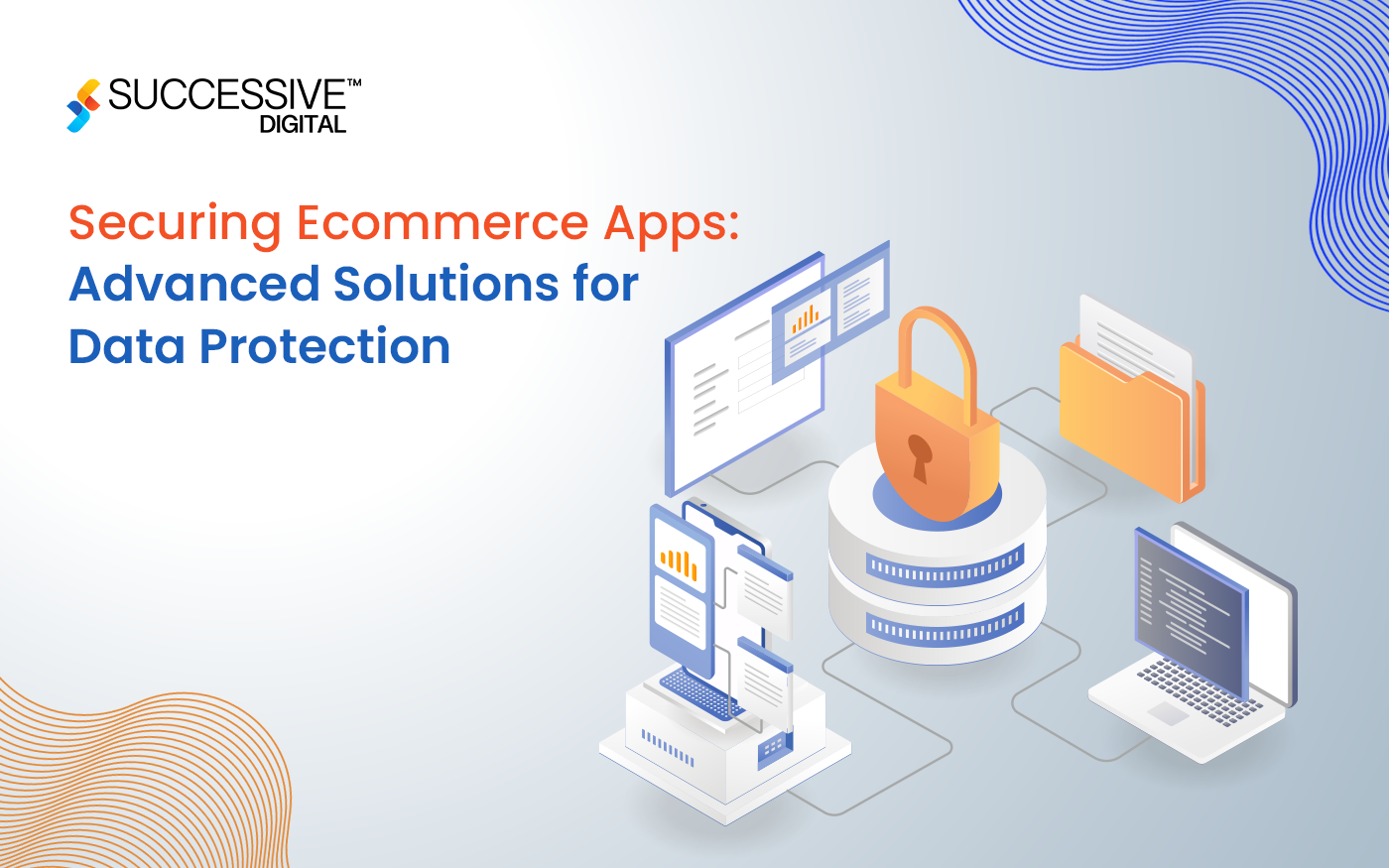Online buying has become an on-the-go shopping trend as customers find it more convenient to shop from their homes rather than visiting offline stores. As of 2024, about 33% of customers worldwide prefer to shop online. This demand explains why organizations must make changes to their existing operational strategies and adopt new ways of conducting business.
By transforming their strategies, businesses can expand their business ecosystem, boost their revenue, customize their operations as per unique customer demands, and build stronger customer relationships–an important element of eCommerce success. Furthermore, it’s also important to choose a robust eCommerce platform that will provide backend support, third-party integration capabilities, and tools to build a customized store.
Now, let’s walk you through the five ways to grow your eCommerce business.
What are the 5 Ways to Grow Your eCommerce Business?
- International Commerce
Taking your existing eCommerce operations to global markets can be a game-changer for your business. It will help you expand your brand reach, increase conversions, and engage with a vast audience. To implement international commerce, an eCommerce platform provides built-in multi-market tools to help you localize content across checkout, product fields, and transactional emails–for each locale you serve, customize storefronts for each global region, and offer a personalized customer experience.
These platforms also offer a user-friendly environment for setting up and managing online stores, providing a seamless experience for both merchants and customers. A professional eCommerce development company can assist you in building a customized international commerce solution, ensuring that the store is tailored to regional preferences.
- Wholesale eCommerce
Not just customers, you need to streamline all your B2B operations if you wish to seek long-term growth. Wholesale ecommerce might still be a new concept for many businesses, but several eCommerce giants (Amazon, Alibaba, ect) are already leveraging it for many years now.
Taking your wholesale operation online allows you to optimize your B2B operations such as inventory management, order processing, product pricing, shipping, and managing your retail and wholesale operations from a single, centralized dashboard simultaneously.
- Checkout Optimization
Customers usually leave the checkout in the middle and abandon the shopping cart. But do you know why? This is because of lengthy checkout processes and unnecessary detailing that immediately demotivates customers. Hence, optimizing the checkout page is very important. You must also include a guest checkout option for first-time customers so that they can make the purchase and once they get satisfied with your product and related services they will themselves get registered with your store and become your long time customers.
With checkout optimization, you can tailor the checkout form in such as manner that it complements your brand theme and business needs. Regardless of the payment source, you can customize the checkout page on a granular level. You can also build a single-page checkout to eliminate lengthy processes and offer a more satisfactory experience for your customers.
- eCommerce Personalization
About 80% of customers expect personalization in their shopping journey. Hence, tailoring their experience from product recommendations to push notifications based on individual preferences, purchase behaviors, and past interactions. To implement personalization, businesses can facilitate multiple strategies, such as incorporating Gen AI capabilities to provide personalized product recommendations to the customers and building a multi-storefront website that covers a customized storefront for each store.
Take assistance from the eCommerce web development company to build a multi-storefront website for your business so that you can accommodate as many customers as you wish and offer a tailored experience via each store. They will also incorporate Gen AI capabilities within the website for a more personalized shopping experience–from product search to customer support.
You can also check out our blog on building personalized commerce capabilities for your eCommerce store.
- Go Headless
eCommerce websites built on monolithic architectures are often limited to flexibility and customization. This is why switching to a headless commerce architecture is important. The headless architecture comes with the decoupling of frontend and backend and hence provides unparalleled flexibility to customize the backend and integrate any preferred frontend framework.
Additionally, migrating from a monolithic architecture to headless offers multiple functionalities such as API-based commerce, omnichannel selling, unified product content management, as well as seamless eCommerce operation management from a single dashboard.
Conclusion
With more customers shifting from offline to online shopping, eCommerce has opened a gateway for businesses to grow and boost their sales, which was otherwise difficult with the traditional shopping mode. However, building a website is not the end goal; businesses need to adapt the five core strategies as shared above to achieve success in the long run. To implement these strategies, choosing the right eCommerce platform is also essential. This will help you to build an online store that positions your business for long-term success.
Furthermore, as a certified eCommerce development partner and with years of expertise in building bespoke eCommerce solutions, Successive Digital can help in incorporating these strategies within your operations and help you boost your ROI.












